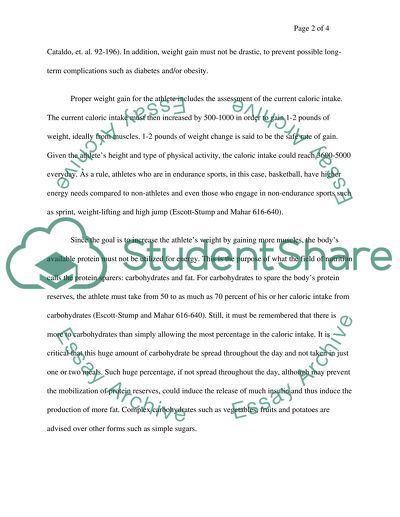Nutritional Advice Essay Example | Topics and Well Written Essays - 500 words. Retrieved from https://studentshare.org/miscellaneous/1502024-nutritional-advice
Nutritional Advice Essay Example | Topics and Well Written Essays - 500 Words. https://studentshare.org/miscellaneous/1502024-nutritional-advice.


